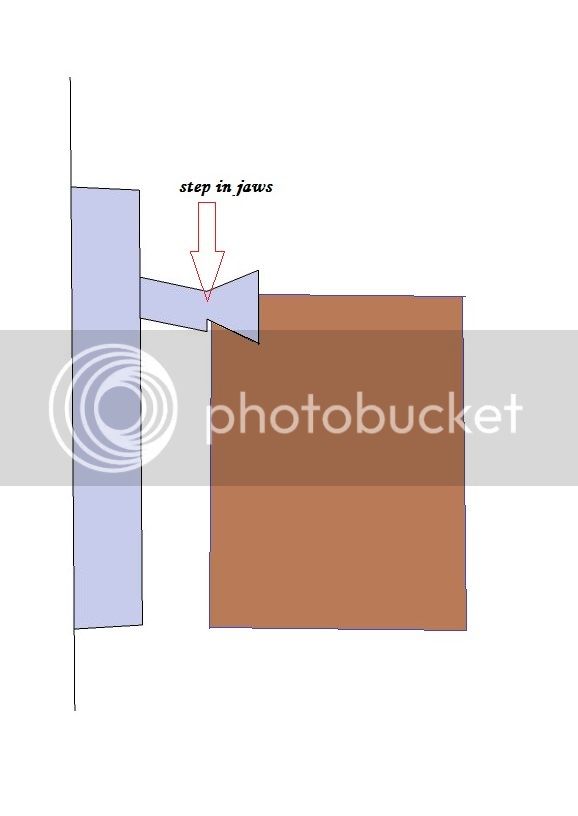Hello everyone. I am a new convert to the world of woodturning and enjoying every minute I can get into my workshop to use my new Hegner lathe. I have taken the Forum's advice and approached a local club for membership and have had two one day lessons, with more in the future. I have watched countless videos on YouTube and bought Richard Raffan's basic woodturning video......
I am practicing every day, roughing down to cylinders, using the skew to get a nice surface, turning beads, coves, simple boxes, and I've also tried a few bowls...BUT I am having real trouble getting the hang of creating a dovetailed spigot which sits true in my Sorby Patriot chuck.
I would be really grateful if anyone could give me some help.
I am practicing every day, roughing down to cylinders, using the skew to get a nice surface, turning beads, coves, simple boxes, and I've also tried a few bowls...BUT I am having real trouble getting the hang of creating a dovetailed spigot which sits true in my Sorby Patriot chuck.
I would be really grateful if anyone could give me some help.









































